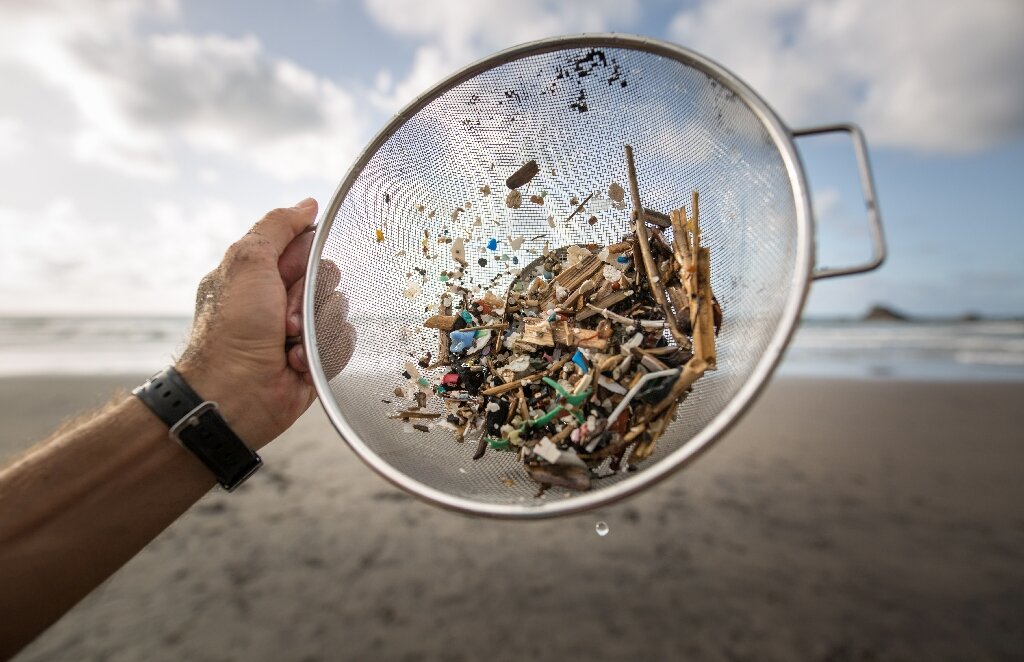Scientists sampled contaminants in surface seawater at 71 sites in Europe and
We already know that microplastics can be foundalmost anywhere on Earth, but we still don't have a clear understanding of exactly how this pollution spreads. In this context, it is very important to understand where tiny plastic particles enter the world's oceans.
Peter Ross, specialist at the Canadian Ocean Conservation Association WISE
The authors of the work used infraredFourier transform spectrometry to confirm the average number of microplastic particles in the Arctic is about 40 particles per cubic meter of ocean water. The vast majority of microplastics (92.3%) were fibers, of which 73.3% were polyester.

Since it was discovered in the eastern part of the ArcticWith nearly three times more microplastic particles than in the west, the authors suggested that new polyester fibers may be entering the eastern region via the Atlantic Ocean. Ocean Wise tested washing machines and estimated that a single item can release millions of fibers during a typical home wash, and wastewater treatment plants can release more than 20 billion microfibers annually.
Several million tons of plastic also end up directly in the oceans every year, where they break down into microscopic pieces over time.
Read more
Research: humans will not be able to control superintelligent AI machines
Abortion and science: what will happen to the children who will give birth
Check out the most beautiful pictures of Hubble. What has the telescope seen in 30 years?